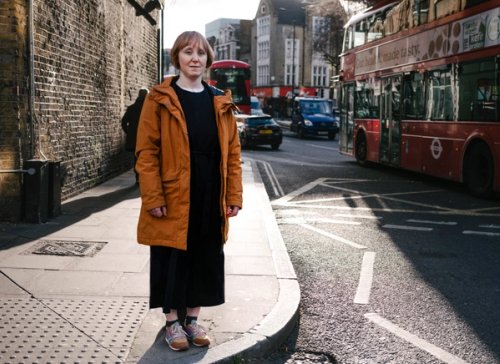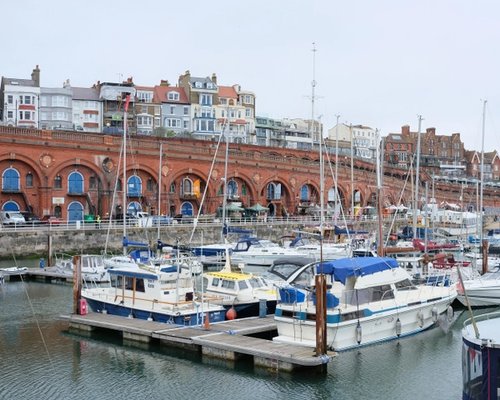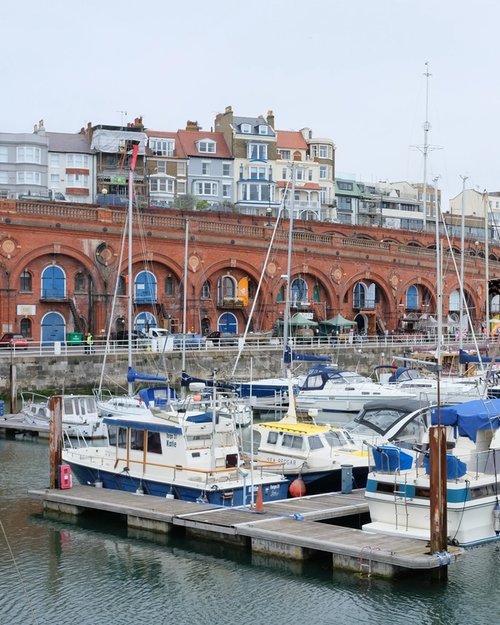More with the Grey Belt
Tom Fox, Senior Associate
10 May 2024
The “grey belt” is already somewhere you can get a hair cut, buy tropical fish or go to a café. Why not add homes too?
Whilst Labour’s Keir Starmer has been most vocal about building new homes on previously developed land in the green belt, in recent weeks there has been cross party support for the move. Even centre right thinktank Bright Blue saying Starmer is ‘absolutely right’. Considering this is an election year it’s a remarkable endorsement that speaks to the strong logic behind building on land within the green belt that isn’t used for agriculture or nature.
As with all new communities on the edges of existing settlements, proximity to infrastructure is critical. Over the last year We Made That have been working on just such a site at Crews Hill for London Borough of Enfield. Located around an underutilised station with direct trains into central London, the site is made up of the type of land within the green belt Starmer hopes can be a major source of housing supply- light industrial uses, warehousing, garden centres, previously developed vacant sites and golf courses.
In addition to this ‘grey belt’ land we carefully studied how additional agricultural green belt land could be developed to give the new settlement the critical mass it needed to provide schools, local infrastructure, facilities, and services.
Rather than refocusing the UK’s existing model of suburban development on previously development land the ‘grey belt’ demands a different approach. Unlike the simplicity that house builders seem to like – and politicians hope will make housing delivery quicker – the grey belt is often more complex than the green belt.
These nuances should be embraced. In Crews Hill we were able to plan a compact new settlement of up to 5,500 homes around a place where you can already get your hair cut, buy tropical fish or go to a café. Architects need to ensure the narrative around the grey belt isn’t focussed on the fact that ‘it’s easier’ than brownfield land in cities, but because it can make best use of land in a way that creates lively and healthy places with access to large open spaces.

Crews Hill Station Square

Alongside exploring how new neighbourhoods can be built on the grey belt we also need new approaches to the wider green belt. The colour palette of ‘grey’ and ‘green’ hides the fact that modern farming practices have eradicated much of the biodiversity from the UK’s farmland, whilst the messy landscapes around infrastructure or vacant sites that define the grey belt are often ecologically rich. The green belt can also play a much greater role in addressing the climate and biodiversity crises through regenerating ecologies, growing the timber the UK construction industry will need to reach net zero and managing flood risk.
Our project benefitted from sitting within a wider council-led, large-scale landscape strategy to improve access, address flood risk at a borough level, rewild and improve the ecological value of surrounding farm land. This meant that in addition to providing the schools, employment opportunities, sports facilities and amenity that any sustainable new settlement must provide, there will also be the wider infrastructure to give those who live in the 5,500 homes access to the parkland, river valleys and open spaces around them.
This scale of project is also critical to making new settlements in the grey belt work. It gave a clear purpose to the surrounding green belt and defined how the new settlement should relate to this landscape. Crews Hill will become a place for Londoners to visit as much as a place for its residents to access London’s jobs and services.
An approach to housing delivery at scale that crosses party lines is a rare thing in the UK. Architects and planners must take this opportunity to redefine what it means to live on the edge of a town or city in an age of climate breakdown.






